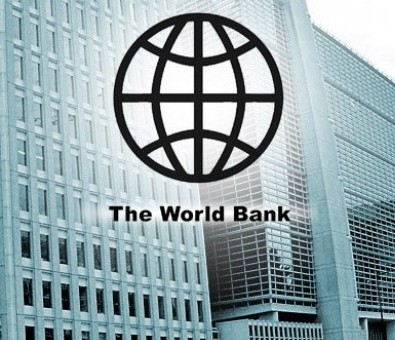Sub-Saharan Africa remains the world’s most expensive region when it comes to transferring remittances, with an average cost of transferring money of 8.37% in the second quarter of 2024, according to the World Bank’s most recent report.
This cost remains significantly above the global average, despite the increasing importance of remittances in the region’s economies. In 2023, Sub-Saharan Africa received $54 billion in remittances, a vital source of income for many households. Countries like The Gambia, Lesotho, and the Comoros rely heavily on remittances, which account for over 20% of their GDP. Larger nations, such as Kenya, also benefit, with its remittances surpassing foreign direct investments (FDIs) in low- and middle-income countries. However, the high cost of transferring money remains a challenge, driven by intermediaries and limited access to digital financial services. The reliance on traditional cash-based systems adds to delays and higher fees, particularly in rural areas with limited internet access.
Despite these challenges, fintech companies like NALA, Chipper Cash, and Flutterwave are making strides to reduce remittance costs. By leveraging mobile money, blockchain technology, and other innovations, these companies are providing faster, cheaper alternatives to traditional money transfer methods. While Kenya leads East Africa in remittance receipts, attracting an impressive $4.8 billion in 2024, other countries in the region, such as Somalia and Uganda, continue receiving far lower inflows. The disparity highlights the need for improved financial infrastructure and policies to maximize the potential of remittances in driving regional development and reducing poverty across Sub-Saharan Africa.



